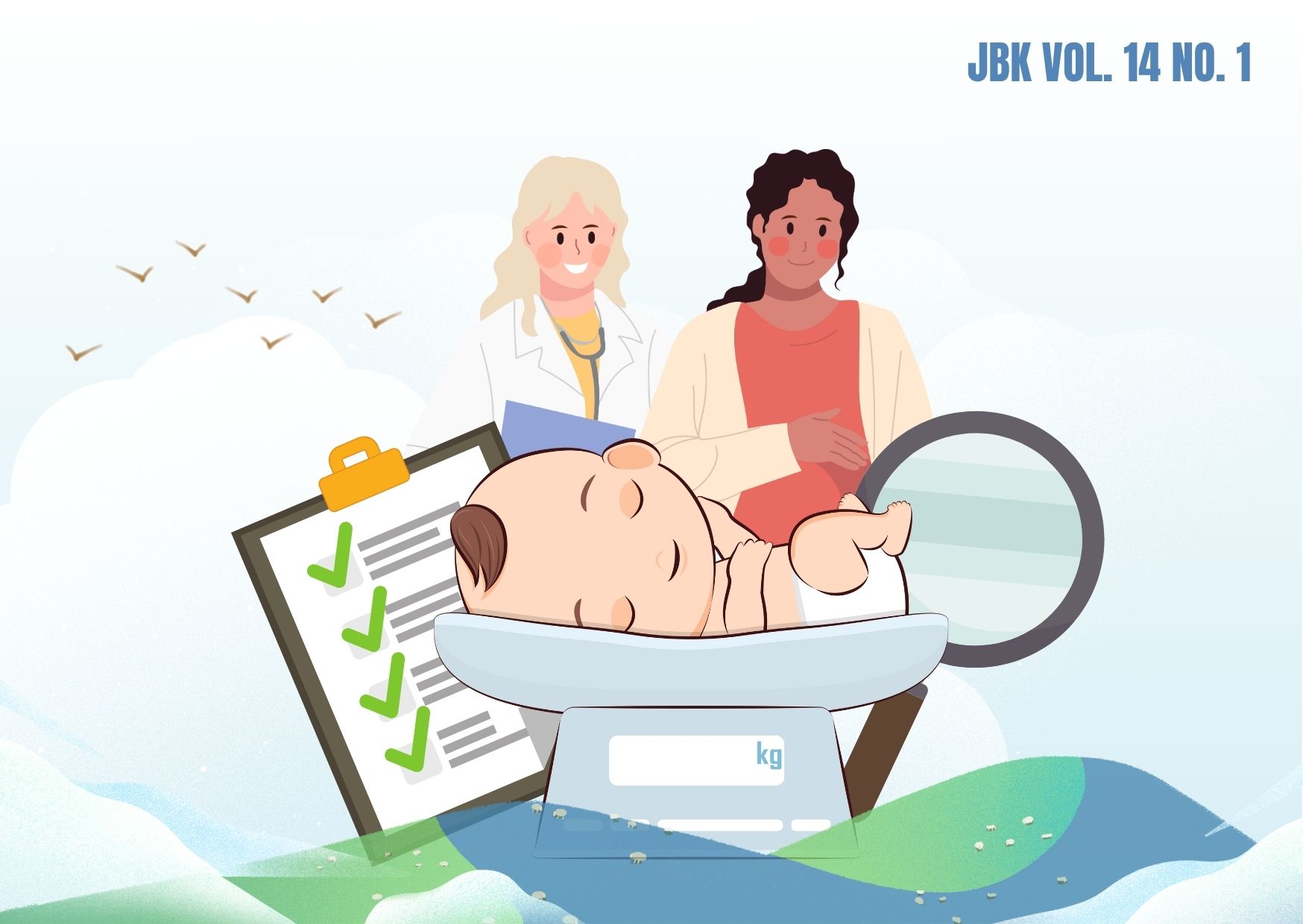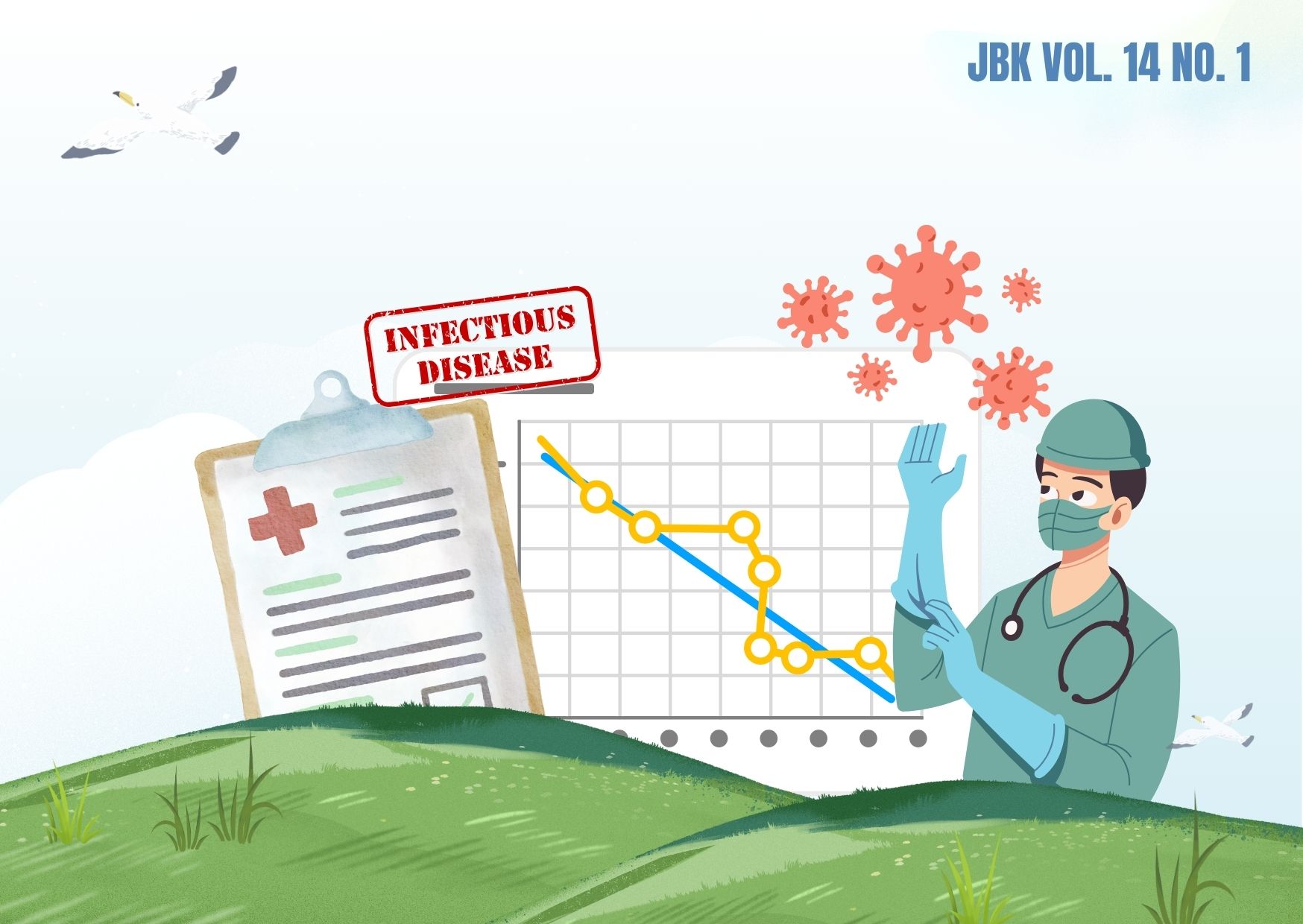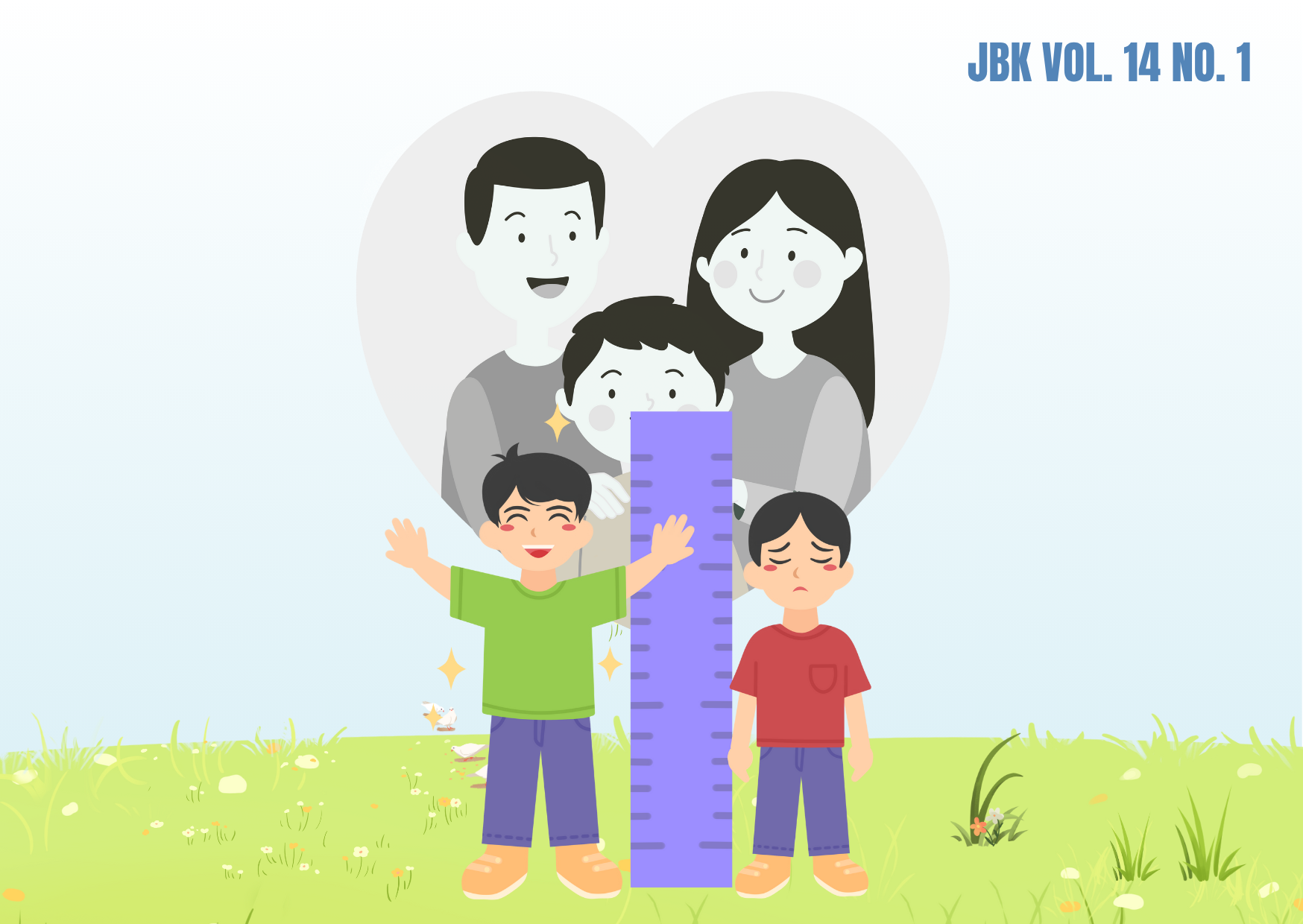EVALUATING CLUSTER EFFECTS IN MALARIA SURVIVAL ANALYSIS WITH A SIMULATED EXTENDED COX MODEL
Downloads
Malaria remains a significant global health challenge, particularly in tropical regions. Accurate analysis of patient survival data is essential for understanding disease progression and evaluating the effectiveness of interventions. However, traditional survival analysis often overlooks clustering effects from factors like location, healthcare or family relationship. This study examines how unshared heterogeneity in treatment regimens and reporting time affect malaria patient survival analysis. A simulated dataset, following a Weibull distribution for typical malaria treatment duration (3-7days) was generated to assess the extended Cox model's ability to handle clustering. Three cluster sizes (20, 10, 5 observations) and varying total clusters (25, 50, 100) were used to mimic a 500-patient malaria dataset from Keffi General Hospital, Nigeria, considering shared treatment similarities within clusters. Cluster effects were introduced through a normally distributed random variable. Model 2, with 10 observations per cluster, performed best based on constant hazard, low AIC, and BIC. This suggests that 50 clusters of 10 observations each effectively capture the malaria data's underlying structure. The analysis of simulated covariates revealed that male patients had 15% higher risk of death compared to females. Additionally, younger patients (0-5years), patients with blood types A, B, or AB (particularly type A), and those with increasing body temperatures were identified as high-risk groups. This study underscores the importance of considering clustering effects in analyzing malaria time-to-event data, especially for clustered datasets; a sample size of 500, divided into 50 clusters of 10 patients each, seems optimal for analyzing real-world malaria datasets using the extended Cox model.
World Health Organization (WHO). World Malaria Report 2020: 20 Years of Global Progress and Challenges [Internet]. Geneva: World Health Organization; 2020. Available from: https://www.who.int/publications/i/item/9789240015791
National Malaria Elimination Programme (NMEP), National Population Commission (NPopC), Bureau N, of Statistics (NBS), ICF International. Nigeria Malaria Indicator Survey 2015 [Internet]. Abuja, Nigeria, and Rockville, Maryland, USA: NMEP, NPopC, and ICF International; 2016. Available from: https://dhsprogram.com/pubs/pdf/mis20/mis20.pdf
National Population Commission (NPC) [Nigeria], ICF. Nigeria Demographic and Health Survey 2018 [Internet]. Abuja, Nigeria, and Rockville, Maryland, USA: NPC and ICF; 2019. Available from: https://dhsprogram.com/pubs/pdf/FR359/FR359.pdf
Chilot D, Mondelaers A, Alem AZ, Asres MS, Yimer MA, Toni AT, et al. Pooled Prevalence and Risk Factors of Malaria Among Children Aged 6-59 Months in 13 Sub-saharan African Countries: a Multilevel Analysis Using Recent Malaria Indicator Surveys. PLoS One [Internet]. 2023;18(5):e0285265. Available from: https://doi.org/10.1371/journal.pone.0285265
Maji A, Mohan A, Choudhari TP, Shailendra SK. Hazard-based Overtaking Duration Model for Mixed Traffic. Transp Lett [Internet]. 2023;16(7):715–724. Available from: https://doi.org/10.1080/19427867.2023.2236409
Cox DR. Regression Models and Life-Tables. J R Stat Soc Ser B [Internet]. 1972 Jan 1;34(2):187–202. Available from: https://doi.org/10.1111/j.2517-6161.1972.tb00899.x
Mbona SV, Mwambi H, Ramroop S, Chifurira R. Survival Analysis of Patients with Multidrug-Resistant Tuberculosis in Kwazulu-Natal, South Africa : A Comparison of Cox Regression and Parametric Models. Int J Sci Math Technol Learn [Internet]. 2024;31(1):571–81. Available from: https://hdl.handle.net/10321/5467
Dai R, Ma J, Wu M, Mai Y, He W. A Flexible Ensemble Learning Method for Survival Extrapolation. Ther Innov Regul Sci [Internet]. 2023;57(3):580–8. Available from: https://doi.org/10.1007/s43441-022-00490-1
Zuo W, Li Y. A New Stochastic Restricted Liu Estimator for the Logistic Regression Model. Open J Stat [Internet]. 2018;8(1):25–37. Available from: https://doi.org/10.4236/ojs.2018.81003
Liang J, Chen S, Kochunov P, Hong LE, Chen C. Integrative Data Analysis Where Partial Covariates Have Complex Non-linear Effects by Using Summary Information from an External Data. Am Stat [Internet]. 2024;2:1–22. Available from: https://doi.org/10.48550/arXiv.2303.03497
Rubio FJ, Drikvandi R. MEGH: A parametric class of general hazard models for clustered survival data. Stat Methods Med Res [Internet]. 2022;31(8):1603–1616. Available from: https://doi.org/10.1177/09622802221102620
Zahra A, A. R. Fernandes A, B. Astuti A. Cluster Analysis Integration Model with Survival Analysis for Late Payment of House Ownership Loan (Case Study: House Ownership Loan Bank X Customer). J Stat Appl Probab [Internet]. 2024;13(1):15–26. Available from: https://dx.doi.org/10.18576/jsap/130102
Jong VMT de, Moons KGM, Riley RD, Smith CT, Marson AG, Eijkemans MJC, et al. Individual Participant Data Meta-analysis of Intervention Studies with Time-to-event Outcomes: A review of the Methodology and an Applied Example. Res Synth Methods [Internet]. 2020;11(2):148–168. Available from: https://doi.org/10.1002/jrsm.1384
O.I. A, A.A. A. First Birth Interval: Cox Regression Model with Time Varying Covariates. Covenant J Phys Life Sci [Internet]. 2018 Jun 20;0(0 SE-Articles). Available from: https://journals.covenantuniversity.edu.ng/index.php/cjpls/article/view/930
Zhang Z, Reinikainen J, Adeleke KA, Pieterse ME, Groothuis-Oudshoorn CGM. Time-Varying Covariates and Coefficients in Cox regression Models. Ann Transl Med [Internet]. 2018;6(7):121. Available from: https://doi.org/10.21037/atm.2018.02.12
Turkson AJ, Addor JA, Ayiah-Mensah F. The Cox Proportional Hazard Regression Model Vis-à-Vis ITN-Factor Impact on Mortality Due to Malaria. Open J Stat [Internet]. 2021;11:931–62. Available from: https://doi.org/10.4236/ojs.2021.116055
Schoenfeld D. Partial residuals for the proportional hazards regression model. Biometrika [Internet]. 1982 Apr 1;69(1):239–41. Available from: https://doi.org/10.1093/biomet/69.1.239
Lell B, May J, Schmidt-Ott RJ, Lehman LG, Luckner D, Greve B, et al. The Role of Red Blood Cell Polymorphisms in Resistance and Susceptibility to Malaria. Clin Infect Dis [Internet]. 1999 Apr 1;28(4):794–9. Available from: https://doi.org/10.1086/515193
Oldenburg CE, Guerin PJ, Berthé F, Grais RF, Isanaka S. Malaria and Nutritional Status Among Children With Severe Acute Malnutrition in Niger: A Prospective Cohort Study. Clin Infect Dis [Internet]. 2018 Sep 14;67(7):1027–34. Available from: https://doi.org/10.1093/cid/ciy207
Copyright (c) 2024 Jurnal Biometrika dan Kependudukan (Journal of Biometrics and Population)

This work is licensed under a Creative Commons Attribution-NonCommercial-ShareAlike 4.0 International License.
Copyright©2022 Jurnal Biometrika dan Kependudukan (Journal of Biometrics and Population)
This work is licensed under a Creative Commons Attribution-NonCommercial-ShareAlike 4.0 International License.
1. Copyright of all journal manuscripts is held by the Jurnal Biometrika dan Kependudukan.
2. Formal legal provisions to access digital articles of the electronic journals are subject to the provision of the Creative Commons Attribution-ShareAlike license (CC BY-NC-SA), which means that Jurnal Kesehatan Biometrika dan Kependudukan to keep, transfer media/format, manage in the form of databases, maintain, and publish articles.
3. Published manuscripts both printed and electronic are open access for educational, research, and library purposes. Additionally, the editorial board is not responsible for any violations of copyright law.



































